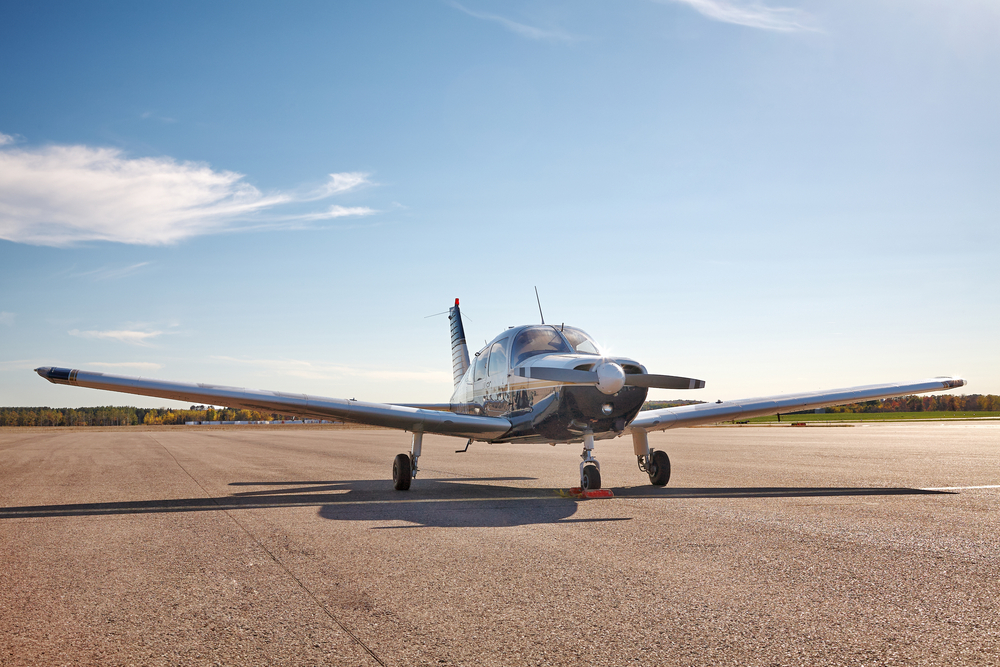Teterboro Airport: A Hub for Private Aviation
Teterboro Airport, located in Bergen County, New Jersey, is one of the busiest general aviation airports in the United States. Despite its small size, the airport plays a crucial role in the aviation industry, particularly for private and corporate aviation. Established in 1919, it has a rich history and has undergone numerous transformations over the decades.
Historical Significance
Originally established by Walter C. Teter, the airport began as a feasible landing field for air travelers. During World War II, Teterboro was used by the military. This period marked a significant transformation, as the war effort brought considerable upgrades to the infrastructure. After the war, it became a civilian airport once again and steadily grew its importance in the aviation community.
Ownership and Management
Owned and operated by the Port Authority of New York and New Jersey, Teterboro Airport is managed to accommodate a high volume of private flights. Since taking over in 1949, the Port Authority has invested in improving the quality and safety of the airport. This includes modernizing its facilities and ensuring efficient operations.
Geographical and Structural Layout
Teterboro Airport spans roughly 827 acres and features two main runways. Runway 6/24, the primary runway, measures 7,000 feet, allowing it to accommodate various private jets and lighter aircraft. Runway 1/19, a secondary option, is 6,013 feet long. Both runways are equipped with advanced lighting and navigation aids to support safe and efficient airport operations.
Type of Operations and Users
The airport predominantly caters to private, business, and corporate flights. With over 200,000 annual operations, it stands out as a preferred airport for high-profile travelers and executives. Charter flights, aviation enthusiasts, and maintenance services are common activities witnessed on the runways and taxiways of Teterboro.
Facilities and Amenities
Numerous amenities make Teterboro appealing to its elite clientele. Fixed-base operators (FBOs) provide an array of services including refueling, hangar space, and lounges with high-end amenities. The airport’s maintenance facilities ensure that aircraft remain in top condition, providing first-rate mechanical services and inspections.
Safety Measures and Regulations
Strict noise abatement procedures are enforced to minimize the impact on surrounding communities. The airport has adopted a range of measures including changes in flight paths and operational restrictions on specific aircraft types. Enhanced security screening and stringent regulatory compliance also play a critical role in maintaining high standards of safety and security.
Economic Impact
Teterboro Airport significantly contributes to the regional economy. It supports thousands of jobs directly and indirectly. The economic activities generated by the airport include employment in FBOs, maintenance operations, and various ancillary services that cater to passengers. Business travelers bring additional economic benefits to the area through their spending on hotels, restaurants, and other local services.
Technological Advancements
Modern technology has been integrated into the operations at Teterboro. This includes advanced air traffic control systems, real-time weather monitoring, and sophisticated landing aids. These technological advancements support efficient and safe operations in a busy airspace.
Corporate and Environmental Responsibility
Teterboro Airport takes its corporate responsibility seriously. Initiatives aimed at reducing environmental impact include noise reduction strategies, reducing carbon emissions, and managing waste responsibly. Ongoing partnerships with environmental organizations help ensure that the airport is meeting contemporary standards in sustainability.
Future Developments
Looking ahead, the plans for Teterboro Airport include further modernization. Upcoming projects involve expanding and upgrading terminal facilities, enhancing runway systems, and integrating next-generation aviation technologies. These efforts aim to accommodate future growth and increase operational efficiency while maintaining high safety standards.
“`
